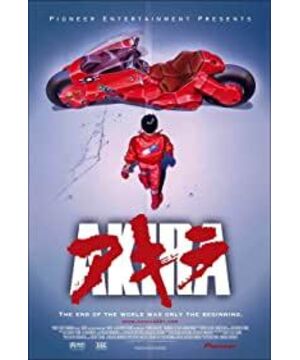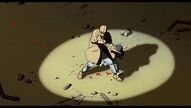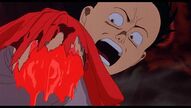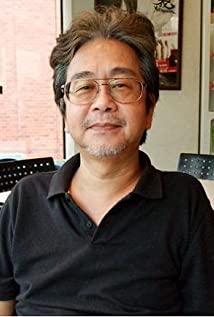Let's take a look at the apocalyptic state described by the author, which can no longer be summed up by a simple "cyberpunk" and "apocalyptic wasteland":
Behind the prosperity of the city, there is a serious uneven distribution of resources. There are bright and bright places, but there are more dark and dirty corners.
The reform failed, the government was in short supply, and the unemployed people at the bottom kept protesting >> The upper level dispatched troops to suppress, but they could only arrest and release them again and again, and could not fundamentally alleviate the contradiction >> and each action made the public budget of the finance more tight, and the real management of people are arguing, dozing off, wrangling at the meeting.
The colonel has great strength, but his energy is devoted to the study of even greater power, and this power is destined to be uncontrollable, just like all threats, after all, are created by human beings themselves. This time, innocent teenagers were also pulled.
And between the government and the military, between the Congress and the military, there is no way to make concerted efforts, and civil strife can happen at any time.
There are still anarchists, religious demagogues, on the one hand, hope for destruction, hurry up. On the one hand hopefully someone will give them a hand when they fall off the bridge. (In chaotic times, religious forces tend to flourish. For example, the Yellow Turban Uprising in China developed through this)
There are also those who oppose the government. They plan an attack, which looks like a revolution, but behind it is the secret support of the upper echelons of the government. The ultimate goal is only for the struggle for power, and they can be abandoned at any time. So change is not to be expected. (The author is obviously full of distrust of corrupt regimes and some so-called people's justice)
In this chaotic situation, children who were supposed to go to school and enjoy their youth have become street gangsters, distorting their growth.
Despite this, there is still friendship between them, enjoying the unbridled and unrestrained life of youth. And when they meet the turmoil of troubled times, they are finally forced to be involved in this war. The weak became crazy, and even killed their former companions, which made the first life even more uncomfortable.
Recently, I have been listening to some radio broadcasts about Chinese history. At the end of each dynasty, the society is often as chaotic as it is described, and various contradictory events emerge one after another. If powerful reformers can concentrate their forces, disregard the influence of vested interest groups, and redistribute, then the dynasty can continue to live. If it fails, the turmoil will usher in revolution, and the traditional interests will have to fall into the turbulent river together. And society was reborn in the next dynasty.
If a person who has been in a state of depression and weakness for a long time suddenly has great power and power, he may not quickly grow into such a person who can exercise him reasonably. And may hasten the destruction. ——If it is for construction and development. Power must be concentrated and strong reformers are needed. But for balance, power needs to be evenly distributed, otherwise absolute power will inevitably lead to cruelty and corruption. - Protect the weak, the weak need to gain power. But is it really possible to let the weak have absolute right to speak? Will there be backlash and venting, and the possibility of uncontrollable let the situation get out of control? ...I don't understand these questions, and maybe I don't have to.
Japanese animation in the last century often has a deep imprint of the times. Affected by the militarism and nuclear attack of World War II, coupled with the unique painting methods of that era, it will be difficult to reproduce in the future. And this kind of work cannot be interpreted in today's society. Some Hollywood wants to reshape "Aguilar", let's forget it. This kind of work is a precious artistic crystallization of an era, and a precious reflection and imagination of human beings. Hollywood movies purely for the purpose of making money with IP cannot understand him.
View more about Akira reviews











